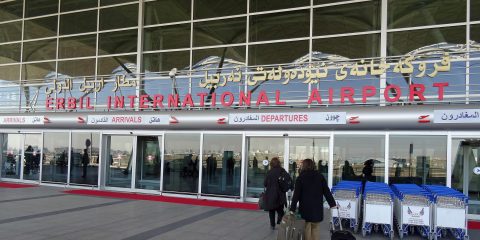Iraq has ‘richest archaeological landscape in the Middle East’
Jason Ur, the John L. Loeb Associate Professor of the Social Sciences, earlier this year launched a five-year archaeological project—the first such Harvard-led endeavor in the war-torn nation since the early 1930s—to scour a 3,200-square-kilometer area around Irbil, the capital of the Kurdish region in northern Iraq, for signs of ancient cities and towns, canals, […]Peter Reuell reports for the Harvard Gazette:
Jason Ur, the John L. Loeb Associate Professor of the Social Sciences, earlier this year launched a five-year archaeological project—the first such Harvard-led endeavor in the war-torn nation since the early 1930s—to scour a 3,200-square-kilometer area around Irbil, the capital of the Kurdish region in northern Iraq, for signs of ancient cities and towns, canals, and roads.
Already, Ur said, the effort is paying massive dividends—with some 1,200 potential sites identified in just a few months, and potentially thousands more in the coming years. "What we're finding is that this is, hands down, the richest archaeological landscape in the Middle East," Ur said. "Due to the history of conflict and ethnic strife in this region, there was no work done in this area at all, so it really is a tabula rasa, so it's a very exciting time."





